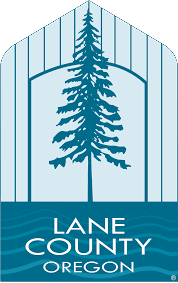Made Possible by Community Engagement
July 1, 2014
“Community Supported Shelters makes the Conestoga Huts” is sort of a false statement. The truth is that the local community makes the Conestoga Huts. CSS simply connects concerned individuals and businesses to a tangible solution to the problem of people not having shelter. Even after Hut number 11, which we put up in early June in Springfield, the hut design is still being modified and perfected by people who see another piece of how to make it safer.
In about seven months, countless people have given in some way to this project. By the end of June we will have placed 13 Huts, giving 15 people a safe place to get their lives together. With OVE opening up this summer and Springfield passing an ordinance to add the Hut to their car camping program, the number of Huts may increase to 25. These numbers are good considering they have come from a grassroots-style community effort to make shelters that we might consider adequate to live in ourselves. The community sharing the responsibility of providing shelter to people in need illustrates the unique social environment that is developing in our urban area. This kind of cooperation is extremely bold in our modern environment of competition.
What we are doing as a community with the Huts may seem like an anomaly, but we would say it is the norm when considering the larger timeline of human experience. I’ve never heard of any indigenous tribes that had a division of labor that excluded some people from building homes for their community members. It seems it was generally part of life for most people to play a part in the creation of shelters. This system worked for thousands of years for sheltering people from the elements and giving them a sense of belonging. The Conestoga Hut project is showing that the values behind these strategies are still alive in us now and that we can retrofit them to our modern day circumstances. This is why we call it a “Hut”.
People can participate in the construction and installation of the Conestoga Huts in many ways. One of the most important ways is to talk about it with people who may be in a position to host a Conestoga Hut at a church or business. Churches are great sights for Conestoga Huts because most of the time they have a community of people who adopt the resident. From my experience, providing access to a supportive community is just as important as building the Hut because it influences the resident’s behavior and attitude. Being immersed in a faith-based community helps to set a different tone for an individual in hardship. I also believe that there are benefits to the Hut host as a way of living out one’s beliefs in service and sharing, instead of just subscribing to them in theory.
Thirteen Huts isn’t that many in the big picture of things. The bigger accomplishment here is the method of delivery and the intention. The Huts are coming from the community and from the urge to lend a hand to one another with the overall goal of giving everyone a chance to participate in our society and earn a livelihood from it.
News & Events
To stay connected and learn about upcoming events, subscribe to our quarterly newsletter.
If you are a member of the media who is seeking information or would like to request an interview, contact community@cssoregon.org.
February 2025
27
28
29
30
31
1
2
3
4
5
6
7
8
9
10
11
12
13
14
15
16
17
18
19
20
21
22
23
24
25
26
27
28
1
2
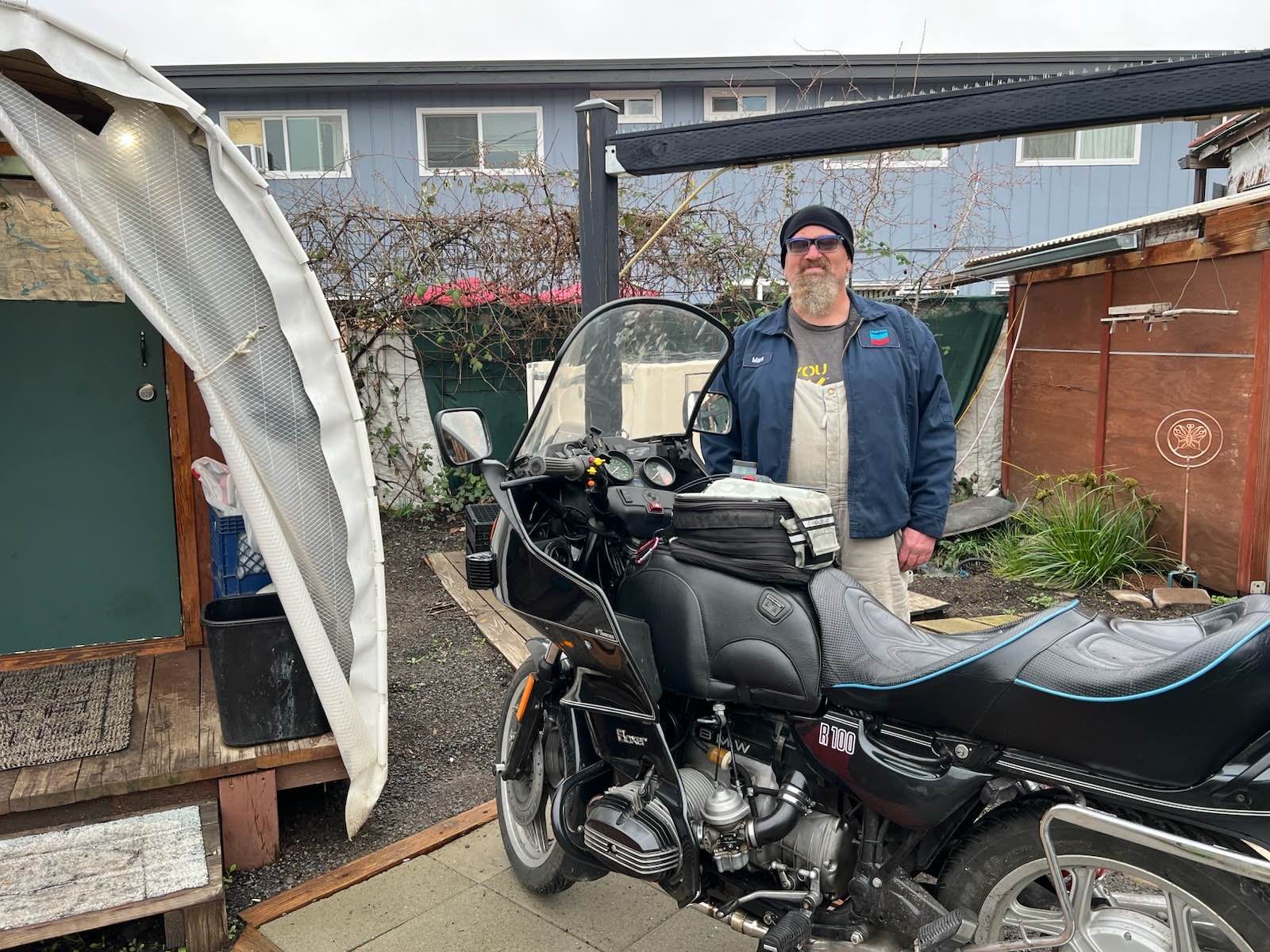
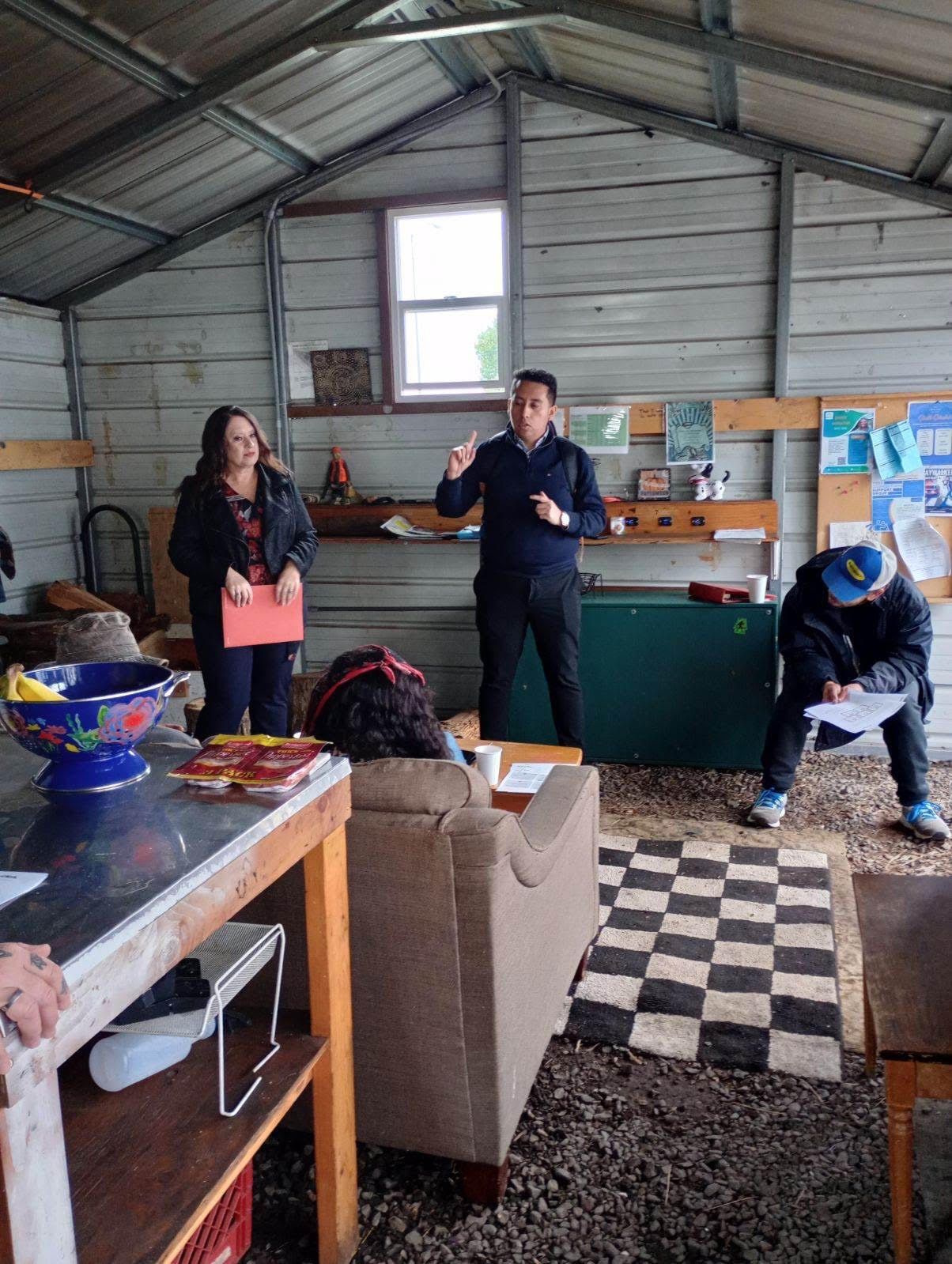
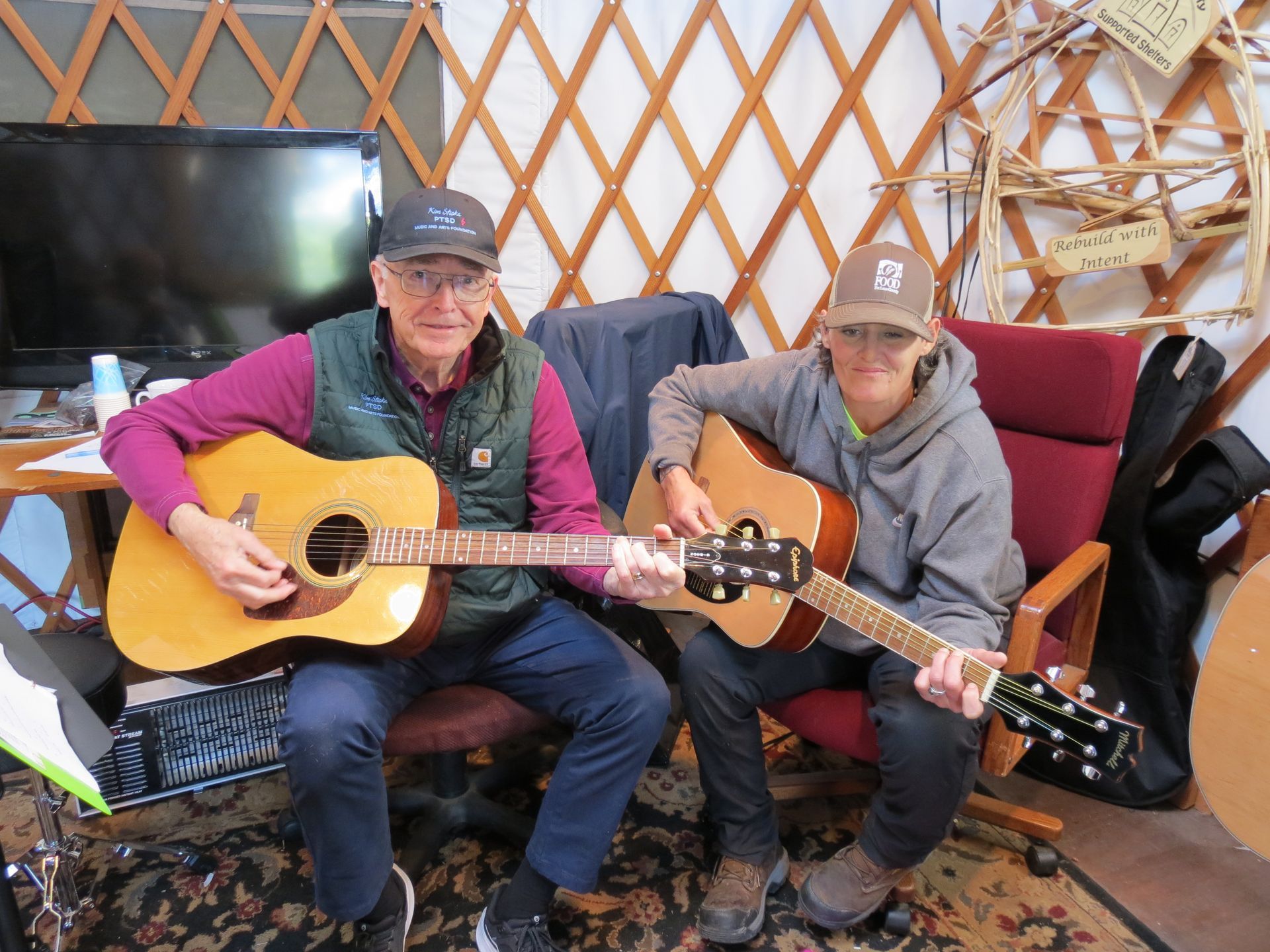
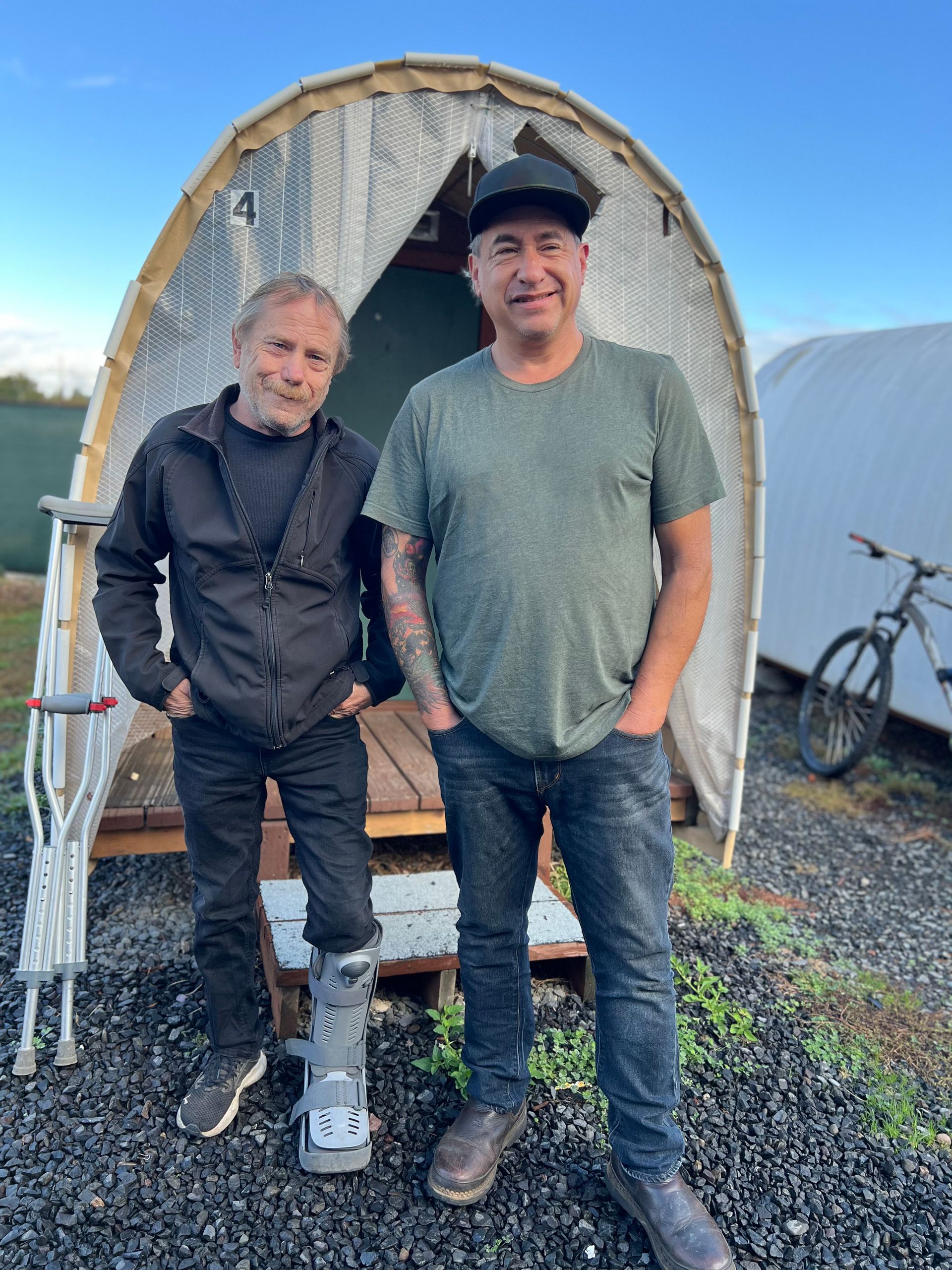
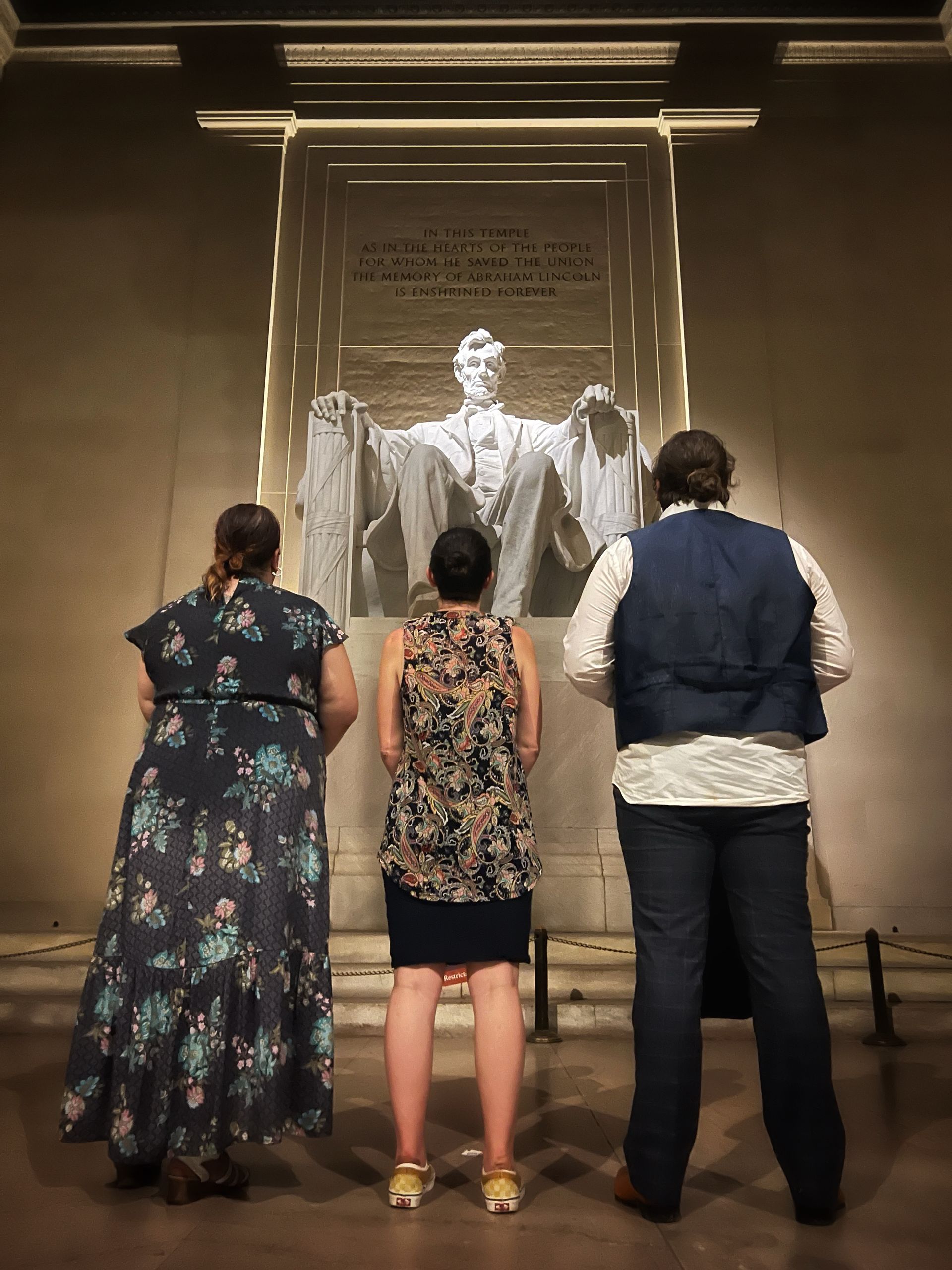

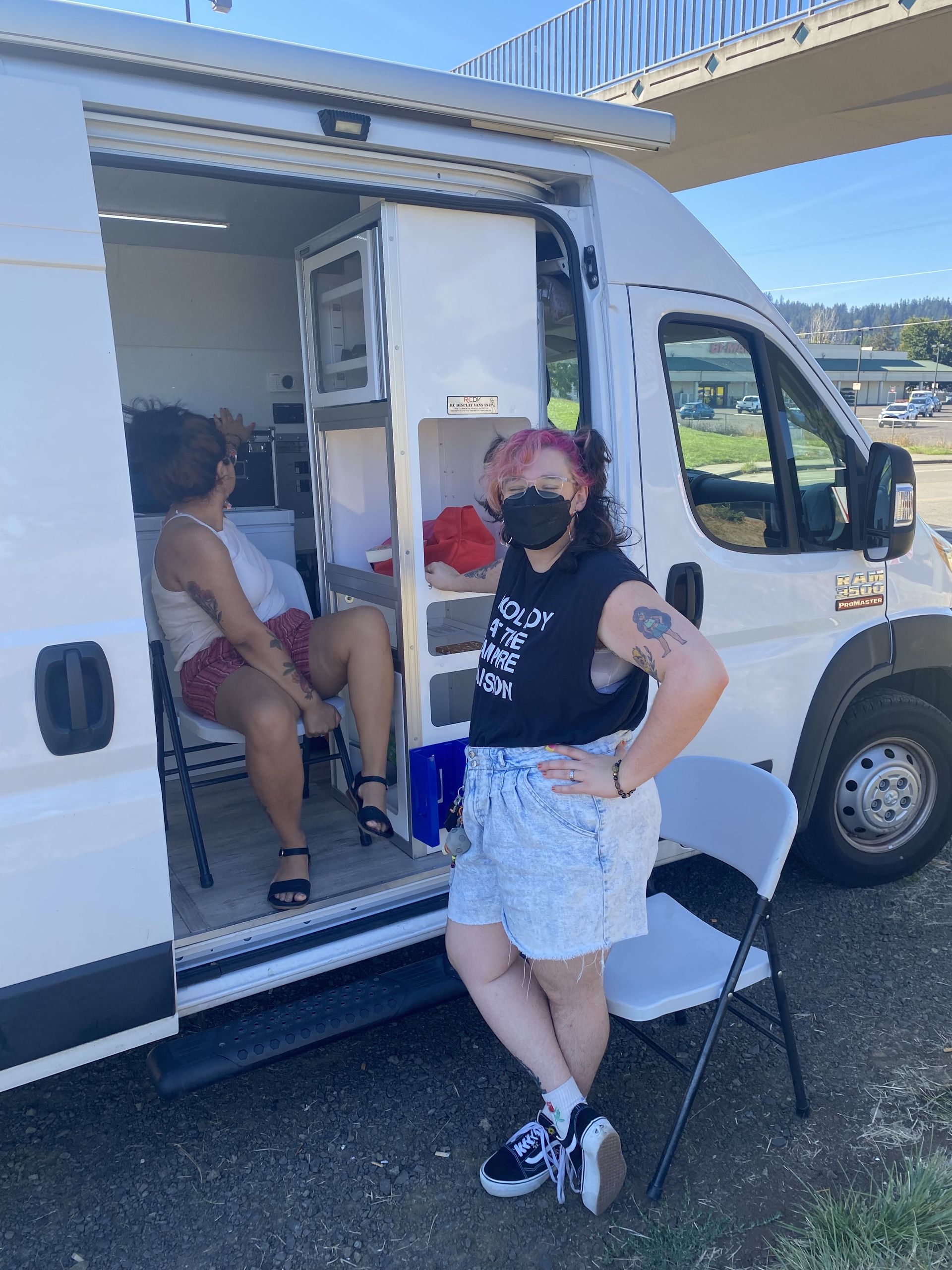
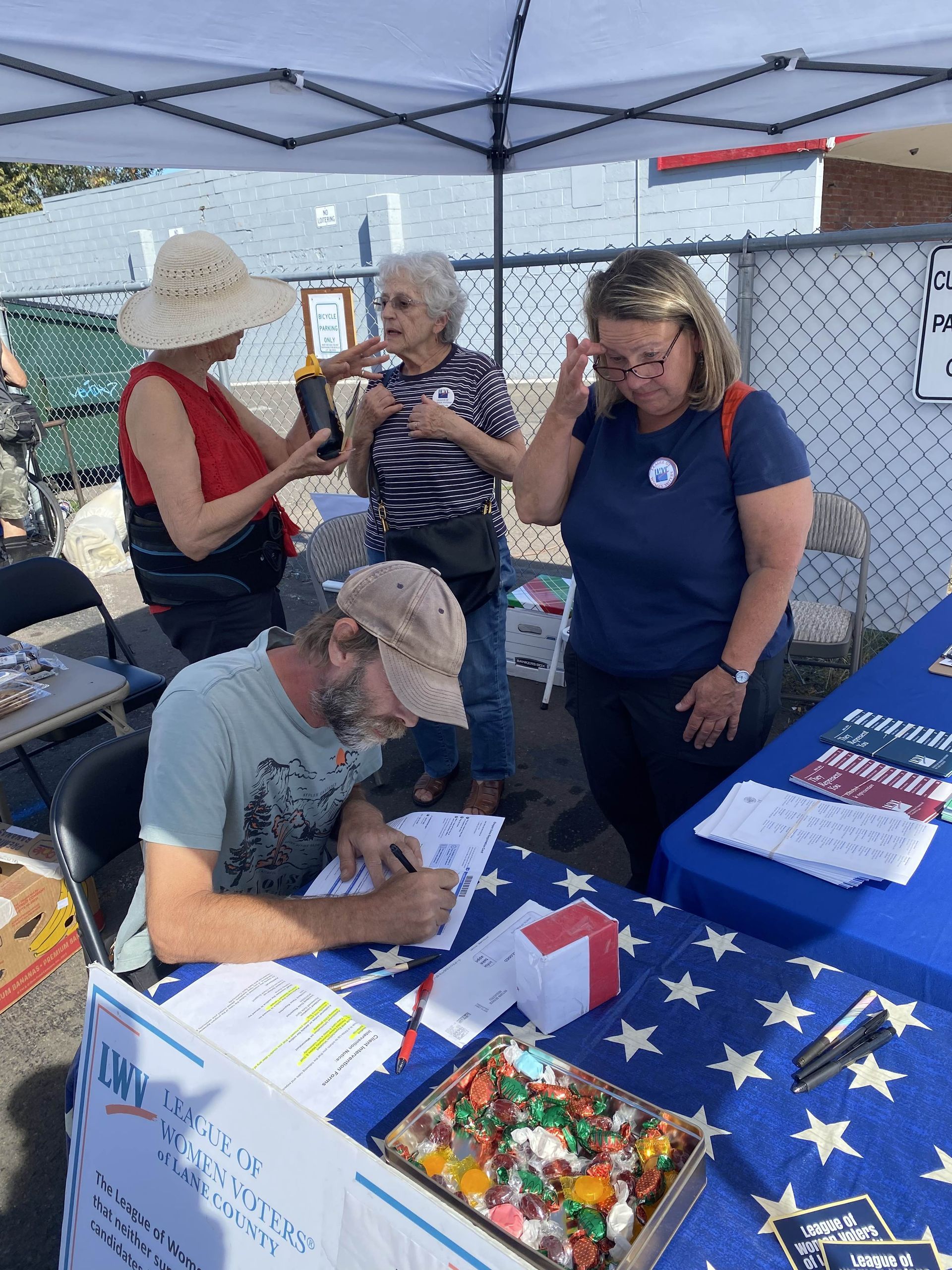
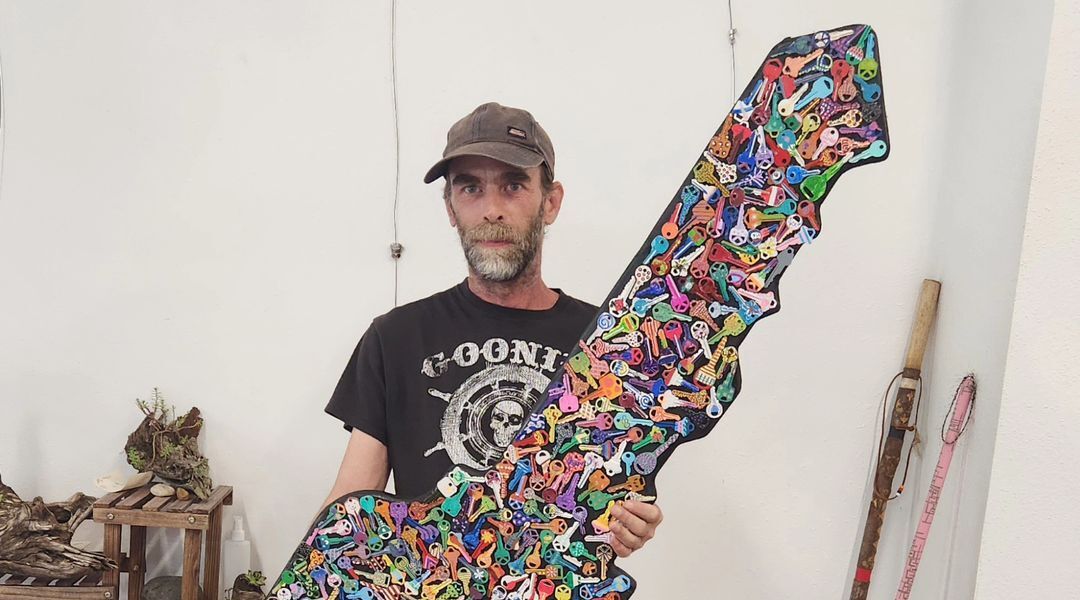
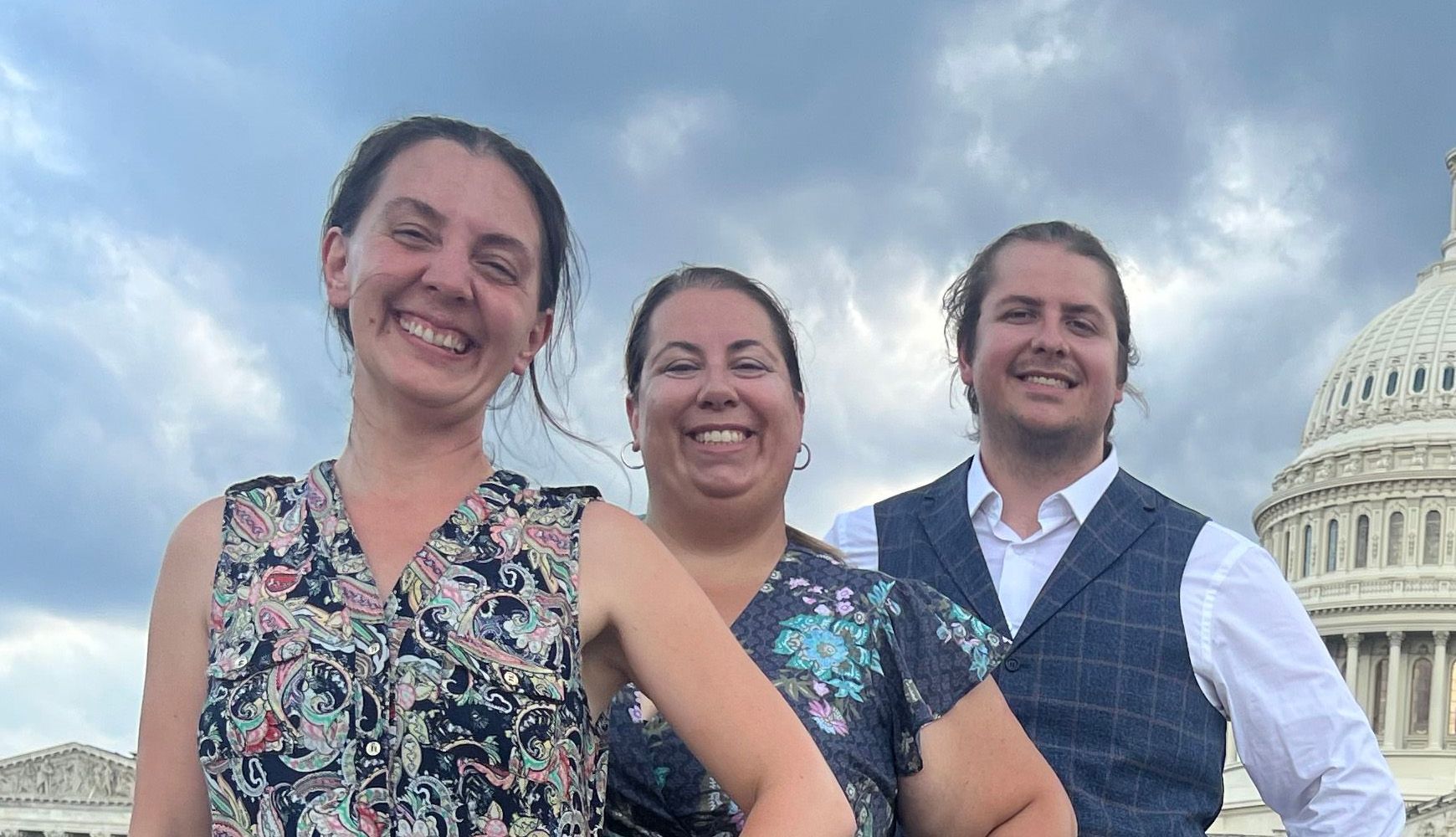
Community Supported Shelters
1160 Grant Street
Eugene, OR 97402
Public Office Hours:
Tue-Fri, 1-4 p.m.
Finance and Tax Information
We are a 501(c)(3) organization, and you may take a tax deduction to the full extent allowed by law for your contribution to us.
(EIN#: 46-2377054)
Newsletter
To stay connected to CSS and learn about upcoming events, subscribe to our quarterly newsletter.
All Rights Reserved | Community Supported Shelters | This site is powered by Neon One







